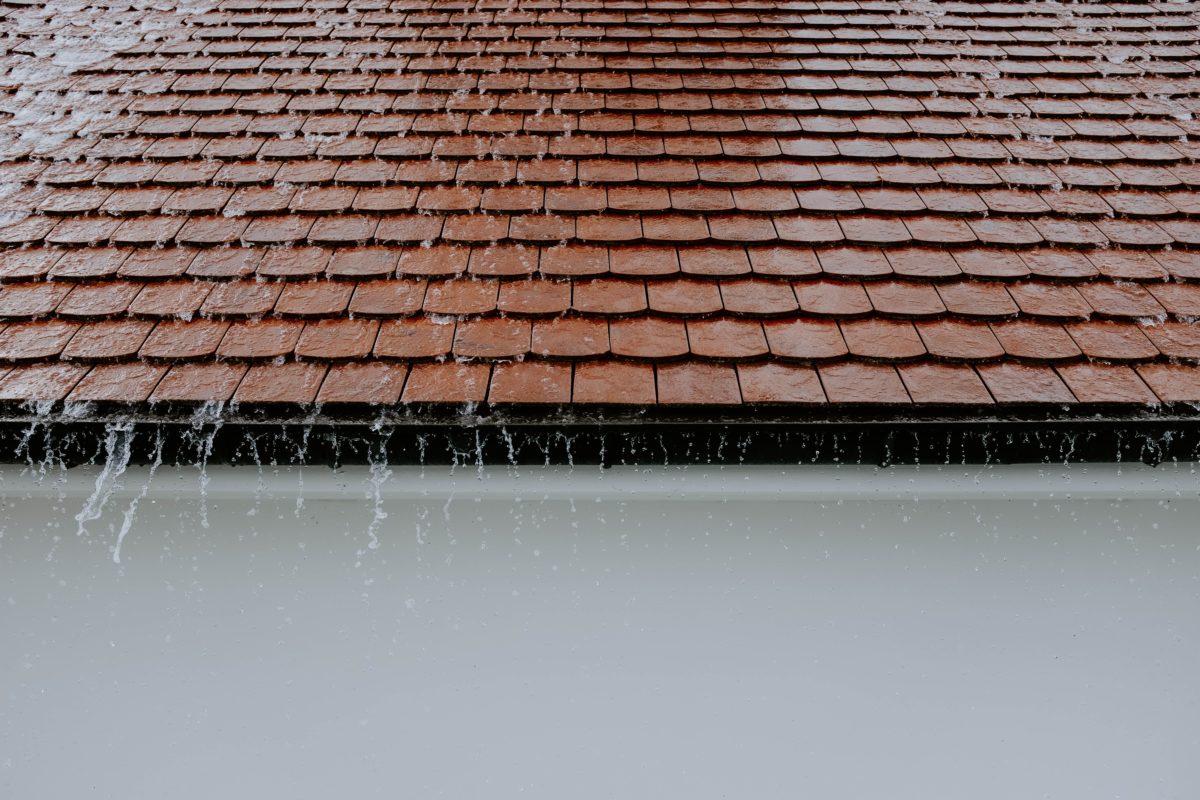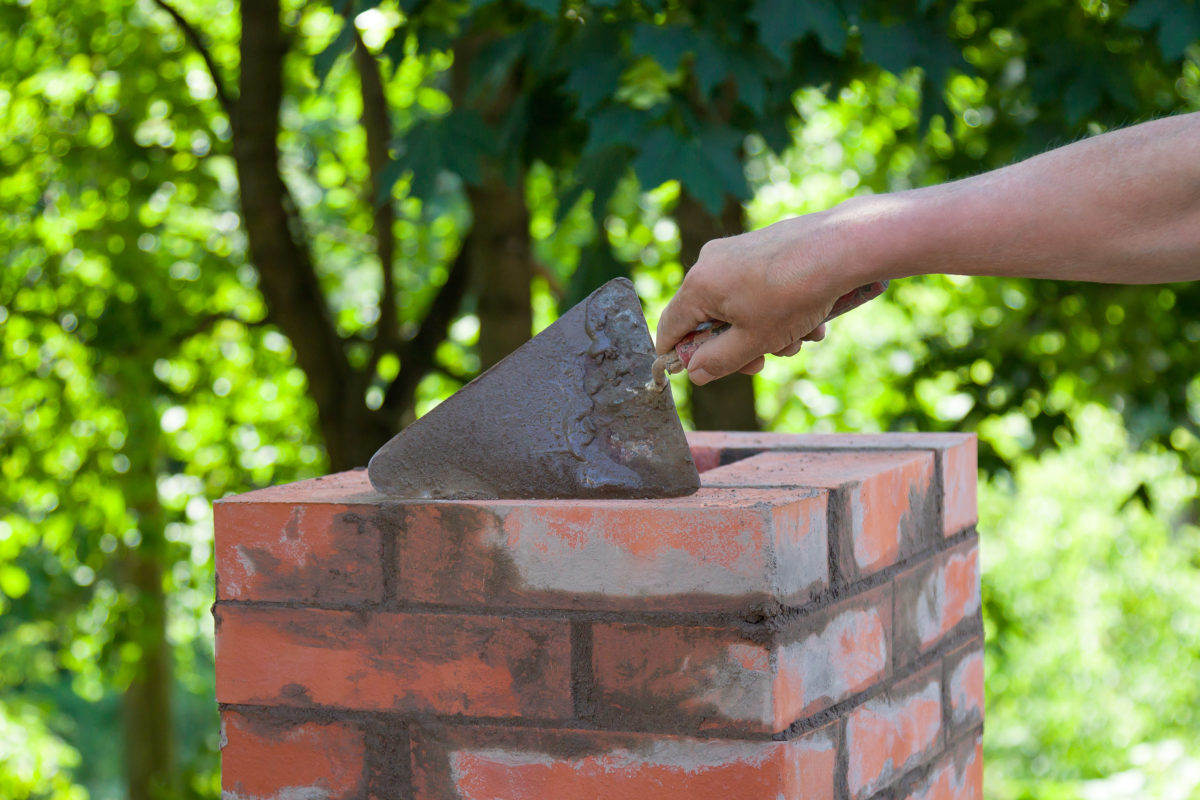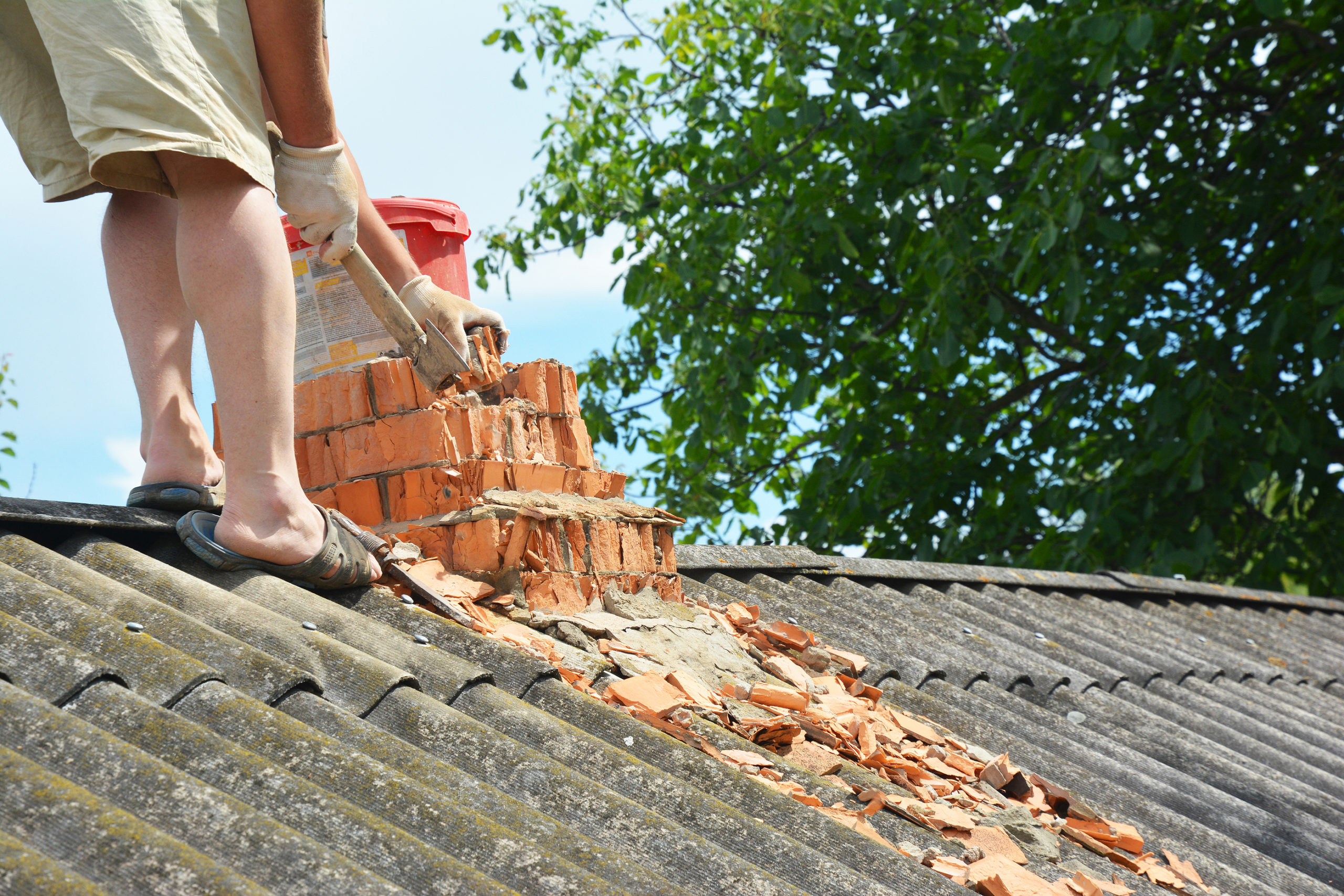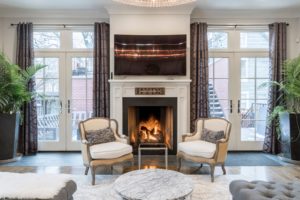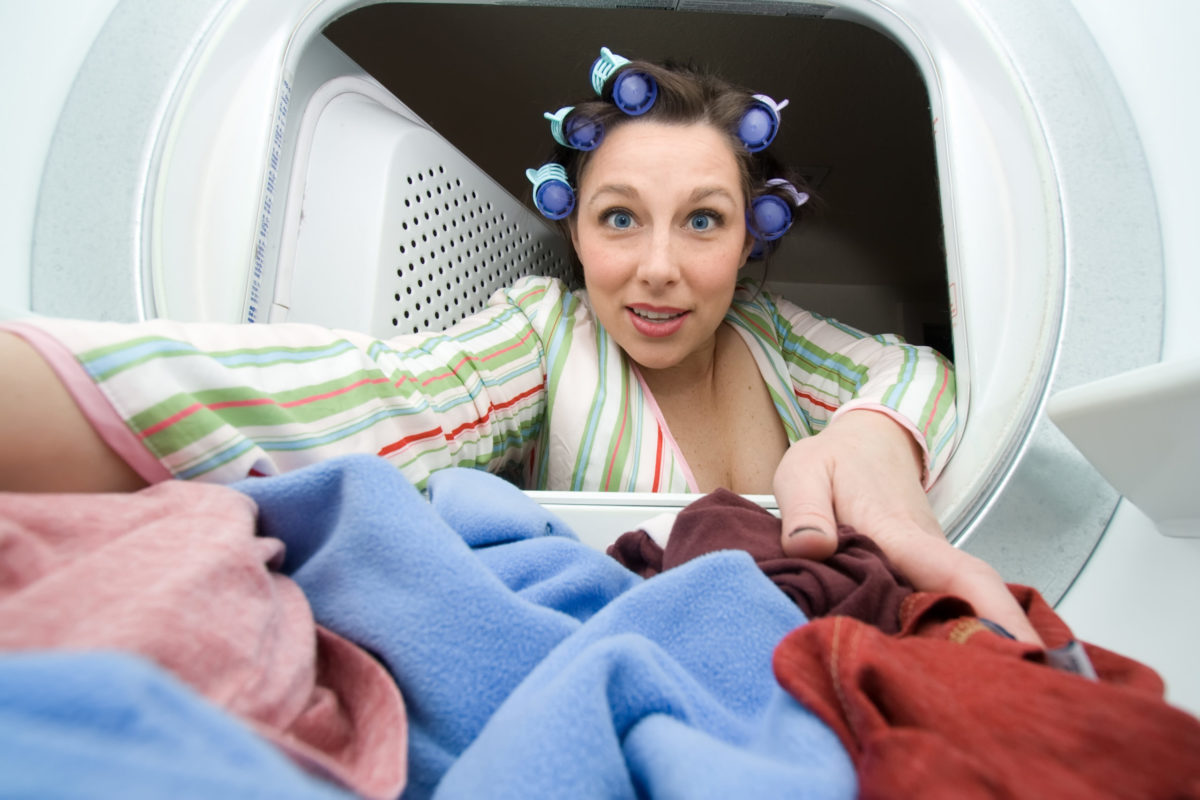California residents have experienced it before: waking up to a gentle shake in the middle of the night, pictures trembling on the walls, and furniture swaying to the rhythmic jolt of the Earth. It’s an earthquake, a natural phenomenon that strikes with little warning. These seismic tremors, while undeniably intriguing from a geological standpoint, pose substantial risks to human safety. Specifically, they pose a threat to our homes, the very places we retreat to for safety and comfort.
And one architectural element, often overlooked, might be a ticking seismic time bomb: your chimney height.
In this in-depth look, we’ll unravel the case for reduced chimney height as a vital step for enhancing homeowners’ seismic safety.
Part 1: Chimneys – The Silent Seismic Hazard
Upon mentioning earthquake hazards, one might think of skyscrapers swaying ominously or bridges teetering on the brink of collapse. But, shockingly, the humble chimney is an equally significant threat.
What happens to a chimney during an earthquake?
During an earthquake, the ground shakes due to seismic waves radiating out from the earthquake’s epicenter. These waves cause buildings and structures, including chimneys, to move and vibrate. This seismic activity impacts structures differently based on their design, mass, material, and height.
Specifically, chimneys can be significantly affected due to their height, mass, and isolation from the main structure. The shaking can be amplified as it moves upwards along the chimney’s system (a phenomenon known as the ‘whip effect’), leading to increased stress and potential damage at the top.
As the ground beneath it shakes, a chimney sways back and forth, resulting in two primary types of stress: shear stress and bending stress. Shear stress occurs when different sections of the chimney height shift in opposite directions, while bending stress happens as the chimney bends under the swaying motion.
Chimney height, especially tall ones made from unreinforced masonry like brick or stone, do not handle these stresses well. As a result, the movement can cause the mortar between the bricks to crack, the bricks themselves to break, or in the worst cases, the entire chimney to collapse. This is further exacerbated if the chimney is poorly maintained or has pre-existing cracks or faults.
Furthermore, as chimneys are often isolated from the rest of the building, they can’t effectively dissipate the earthquake’s energy into the broader structure. This isolation leads to the concentration of seismic forces in the chimney, increasing its vulnerability to damage.
Hence, during a significant earthquake, there’s a real risk of chimney collapse, which can cause severe damage to the building and pose a hazard to its occupants and surrounding properties.
Part 2: Embracing the Science of Safety: The Chimney Height-Vulnerability Correlation
While we can’t predict when earthquakes will strike, we can anticipate their effects and mitigate their risks, thanks to the power of science. Shorter chimneys are less likely to collapse or sustain damage during an earthquake. But why is that?
The correlation between reduced chimney height and its susceptibility to seismic damage boils down to the principle of inertia – the tendency of an object to resist any change in its motion. A taller chimney has more mass acting at greater heights. Consequently, during an earthquake, it experiences a higher inertial force. This force acts horizontally, perpendicular to the chimney’s height, causing it to sway – a fatal motion for such a brittle structure.
By reducing the chimney height, we lower the center of mass and decrease the moment of inertia, making the chimney less likely to succumb to the lateral forces produced by an earthquake.
Part 3: The Silver Lining: Lower Chimneys and Gas Inserts
Scientific understanding now presents us with an opportunity: by lowering the height of a chimney, we can enhance a home’s seismic safety. This recommendation is particularly helpful if one is considering installing a gas insert. Reducing a chimney’s height before installing a gas insert reduces its seismic liability, but that’s not all.
Here’s the bonus: gas inserts don’t require the same chimney height to perform well as traditional wood-burning fireplaces. Unlike their wood-burning counterparts, which rely on a high chimney to draw smoke upwards and out of the home, gas inserts expel combustion gases directly outside through a separate venting system. So, not only will reduced chimney height enhance seismic safety, but it won’t compromise the fireplace’s efficiency.
Part 4: Charting the Course: Practical Steps for Homeowners
Reducing a chimney’s height is a significant project that can profoundly impact a home’s safety. It necessitates a keen understanding of structural engineering principles, building codes, and safe construction practices.
The first step is to have a chimney professionally evaluated to assess its current condition and its possible associated risks. The evaluation should include the chimney’s current height, overall structural integrity, materials used, and location in relation to other parts of the building. All these factors contribute to its potential behavior during seismic activity.
Next comes the reduction process, during which the chimney is carefully dismantled to a safer, more appropriate height. It’s not as simple as lopping off the top bricks until you reach the desired height. Each brick, each layer of mortar, must be removed with care to avoid destabilizing the entire structure.
Once the height reduction is complete, a professional should conduct a thorough inspection to ensure everything has been done correctly. They should confirm that the newly reduced chimney maintains its structural integrity and adheres to the relevant building codes.
Part 5: Prioritize Safety: Act Today
Now that we’re armed with knowledge, the next step is to act. With each passing day, the seismic time-bomb continues to tick. Ignoring it is not an option. By taking the initiative to reduce our chimney’s height, we can ensure the safety of our homes and loved ones.
At the same time, remember that you’re not alone in this journey. There are professionals available who have dedicated their careers to ensuring the safety of homes like yours. They understand the intricacies of chimneys, the local building codes, and the precise techniques to reduce chimney height safely. Hiring such professionals is a prudent decision that guarantees the job will be done right.
Secure Peace of Mind with The Irish Sweep
While the reality of earthquakes can’t be ignored, the dread associated with their potential destruction doesn’t have to loom over us. By understanding the risks and taking preventive measures, we can secure our homes and peace of mind. The safety of our loved ones should never be a matter of debate – it’s a priority.
In that spirit, it’s time to make a decision. It’s time to step up and secure your home. Reach out to a professional to evaluate your chimney, especially if you’re considering installing a gas insert. The benefits of this step are far-reaching, potentially averting a disastrous chimney collapse and ensuring that your home is as safe as it can be in the face of seismic activities.
At The Irish Sweep, we understand that taking this step can be daunting, and we’re here to help. Our experienced team can provide a thorough assessment of your chimney, propose modifications to enhance safety, and perform these modifications with the utmost care. Our commitment is to make your home safer, and your peace of mind is our ultimate reward. So why wait? Call us today to schedule a consultation. Secure your home. Secure your peace of mind.


